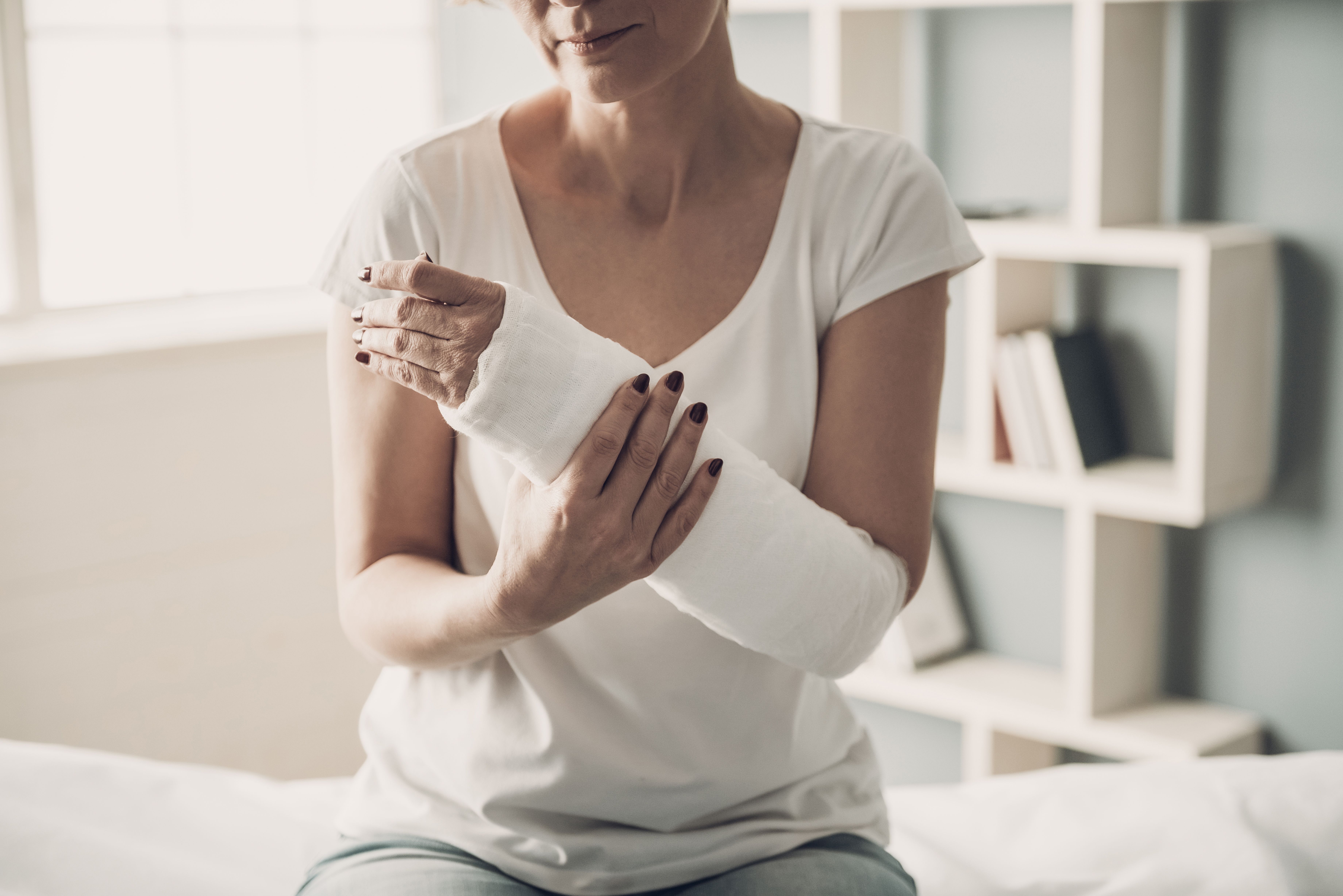Reduced physical function linked to fracture risk in older women with T2D
In a recent study, older women with type 2 diabetes had a higher bone mineral density but reduced physical function, linking the reduction in physical function to increased fracture risk in this population.
Reduced physical function linked to fracture risk in older women with T2D | Image Credit: © VadimGuzhva - © VadimGuzhva - stock.adobe.com.

Type 2 diabetes (T2D) is associated with higher bone mineral density (BMD) but reduced physical function in older women, according to a recent study published in JAMA Network Open.
Over 500 million people worldwide are affected by diabetes, with 96% of diabetes cases being T2D. Adverse outcomes of diabetes include heart disease, organ damage, kidney failure, atherosclerosis, peripheral neuropathy, visual impairment, stroke, and reduced physical function.
In a recent meta-analysis, the risk of fracture was increased in men and women with T2D. However, the underlying cause behind this increased risk has not been determined. Researchers have hypothesized various bone properties are negatively impacted by T2D, increasing fracture risk.
Investigators conducted a study to evaluate the association between T2D and fracture risk, and whether this link is caused by impaired bone characteristics or worse physical function. Participants included women from the greater Gothenburg area aged 75 to 80 years.
Eligibility criteria included being able to walk with or without an aid, understanding Swedish, and having at least 1 hip that could be measured using dual-energy x-ray absorptiometry (DXA). Standardized equipment was used to measure participants’ height and weight.
Self-reported fractures occurring when aged over 50 years were identified using the Fracture Risk Assessment Tool (FRAX). Additional data collected included clinical risk factors, medical history, smoking, previous fracture, parental history of hip fracture, diabetes, oral glucocorticoid use, alcohol use, and rheumatoid arthritis.
Physical activity during the 7 days before inclusion was assessed using the Physical Activity Scale for the Elderly (PASE), while physical and mental health were assessed using the 12-Item Short Form Health Survey. Additional assessments included the one leg standing (OLS) test for balance and the 30-second chair stand test for lower body strength and endurance.
DXA was used to evaluate areal BMD, and the mean of the L1 to L4 vertebrae was calculated to determine trabecular bone score. Vertebral fractures were identified using lateral DXA images during the vertebral fracture assessment.
Incident fractures were identified using data from regional radiography archives. Categories of incident fractures included major osteoporotic fractures (MOF), any fractures, and hip fractures.
There were 294 women with T2D and 2714 without T2D included in the final analysis, with a mean age of 77.8 years reported in both groups. An increased body weight of 9.1%, body mass index of 9.5%, and appendicular lean mass index of 6.3% were reported in women with T2D vs those without T2D.
Osteoporosis medication use was less common in the T2D group than controls, at 3.4% vs 7.5%, respectively. These patients also had consistently lower FRAX scores for the 10-year probabilities of MOF and hip fracture. However, Charlson Comorbidity Index was higher in patients with T2D.
During blood chiochemistry analyses, patients in the T2D group had 6.9% lower 25-hydroxyvitamin D3 levels, 4.7% higher creatinine, 1.6% higher calcium, and 23.8% higher glycated hemoglobin. Bone material strength index did not differ between groups.
BMD was higher for total hip, femoral neck, and lumbar spine in patients with T2D vs those without T2D, with increases of 4.4%, 4.9%, and 5.2%, respectively. The T2D group also had a 7.4% higher cortical area, 8.4% higher total volumetric vBMD, and 1.3% higher cortical volumetric BMD.
Significantly reduced physical function was reported in the T2D group, with an 8% reduction in physical health score and 19.2% reduction in PASE score reported. Additionally, OLS was reduced by 27.2%, walking speed by 9.9%, and rises on the 30-second chair stand test by 17.3%.
The risk of any fracture was increased in patients with T2D, with a hazard ratio (HR) of 1.26 across a median 7.3 years. MOF risk was also significantly increased in patients with T2D, with an HR of 1.25. However, the change in risk for hip fracture was not statistically significant.
These results indicated older women with T2D have higher BMI and improved bone microarchitecture, but reduced physical function compared to those without diabetes. Investigators concluded the reduced physical function in these patients may explain the increased risk of fractures.
Reference
Zoulakis M, Johansson L, Litsne H, Axelsson K, Lorentzon M. Type 2 diabetes and fracture risk in older women. JAMA Netw Open. 2024;7(8):e2425106. doi:10.1001/jamanetworkopen.2024.25106
Newsletter
Get the latest clinical updates, case studies, and expert commentary in obstetric and gynecologic care. Sign up now to stay informed.
